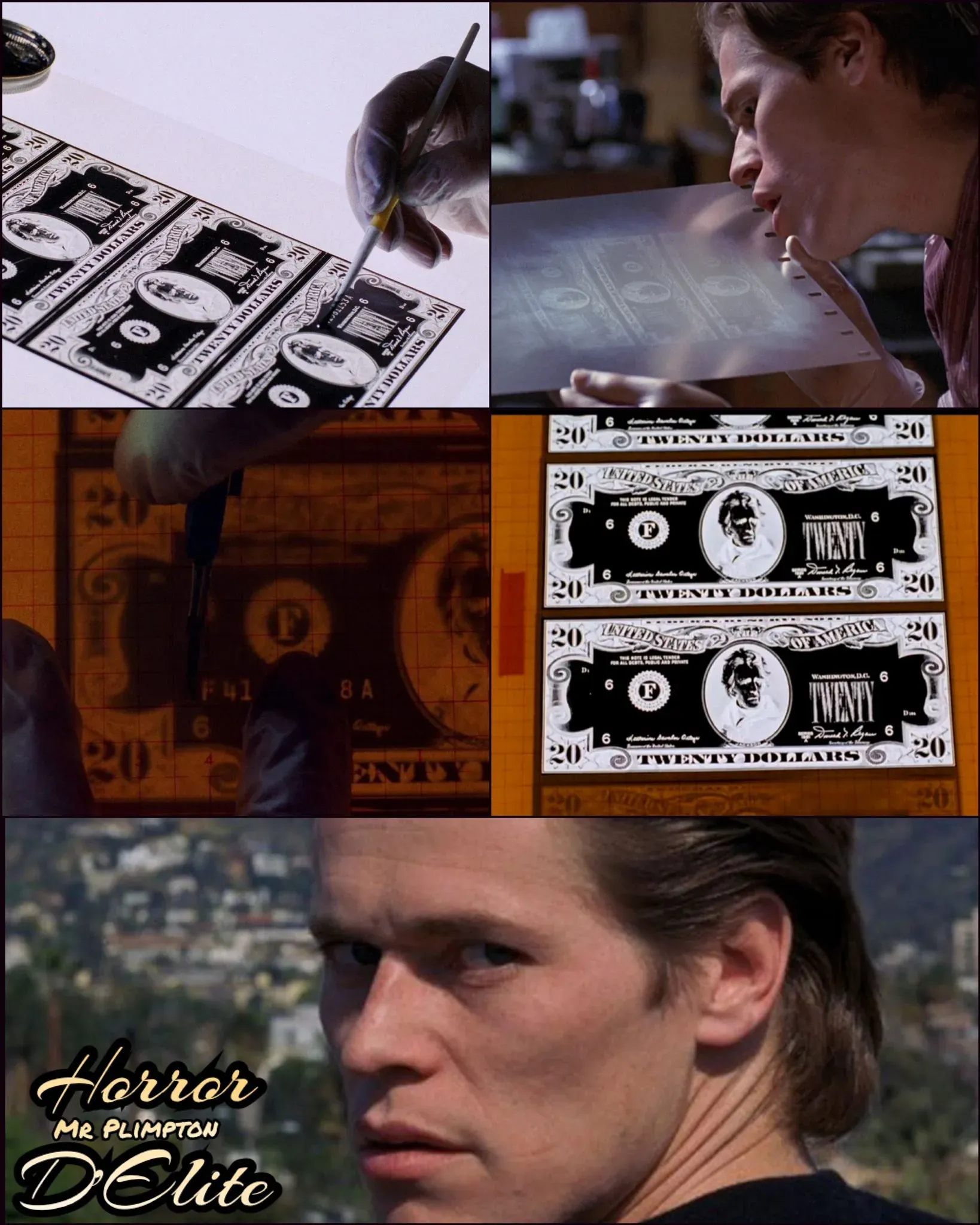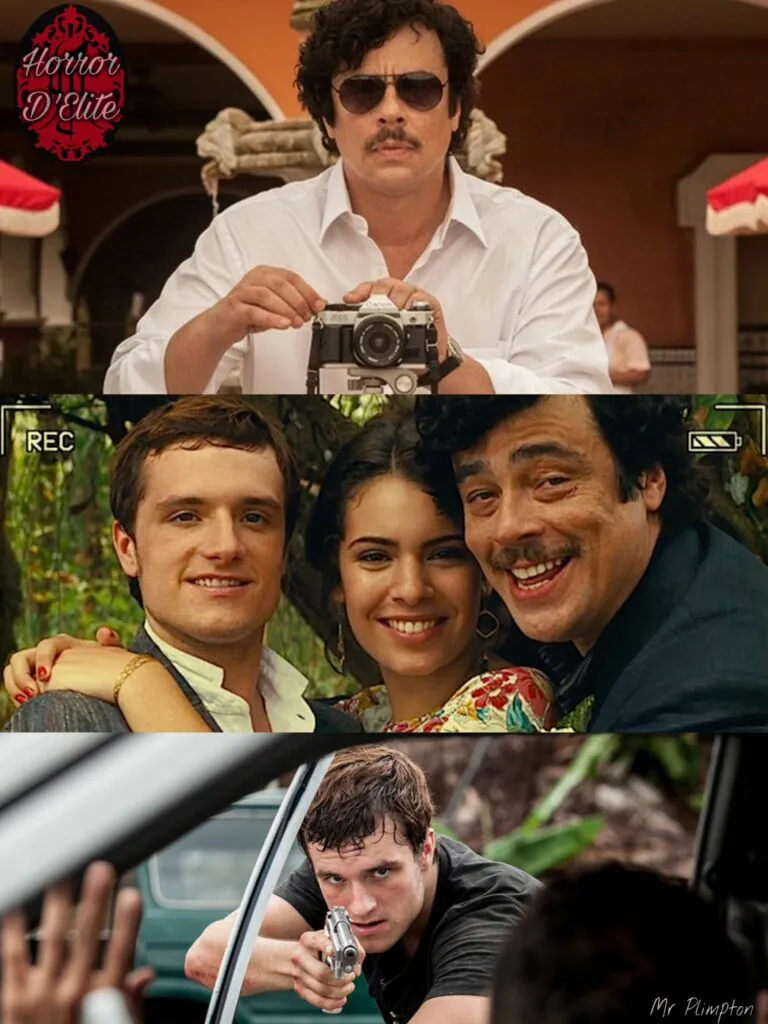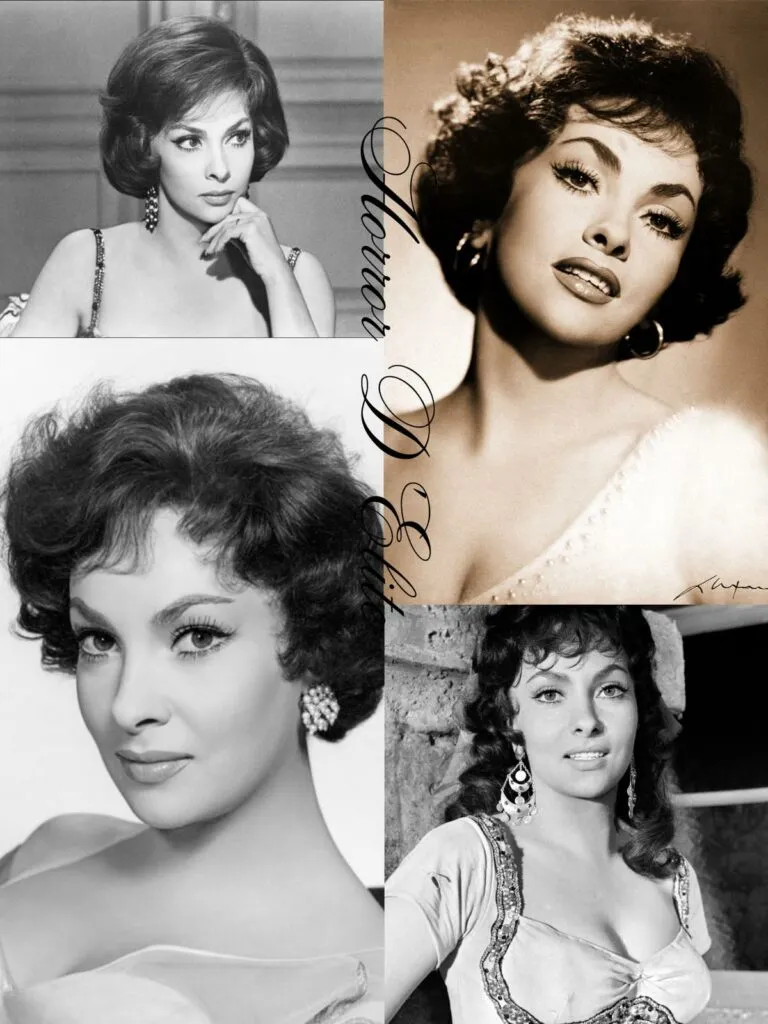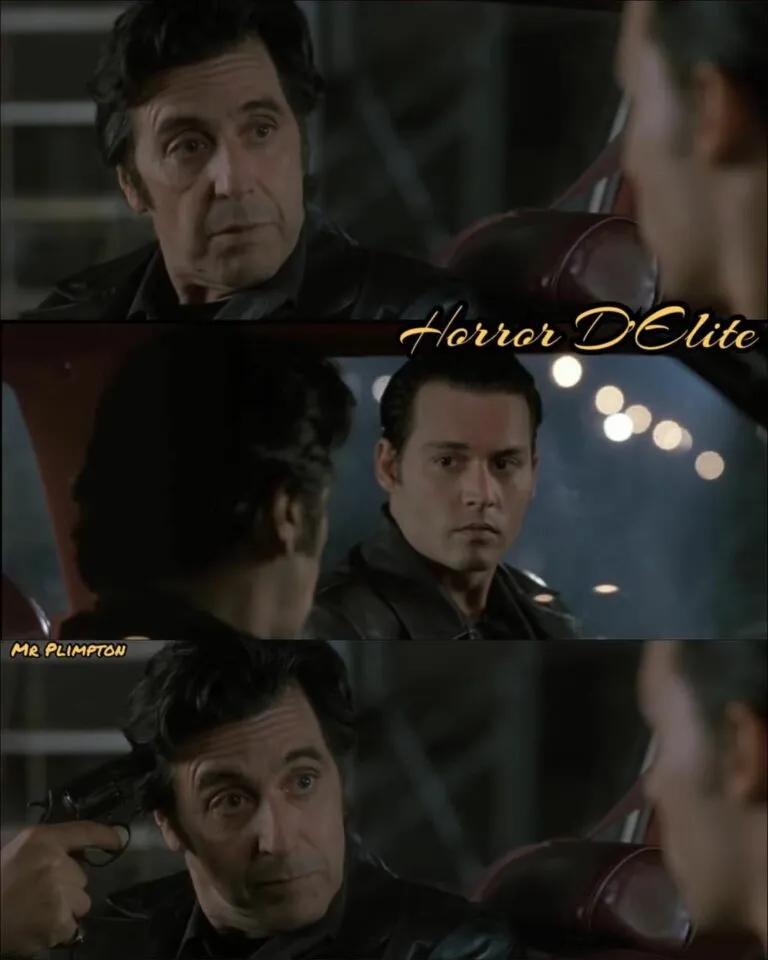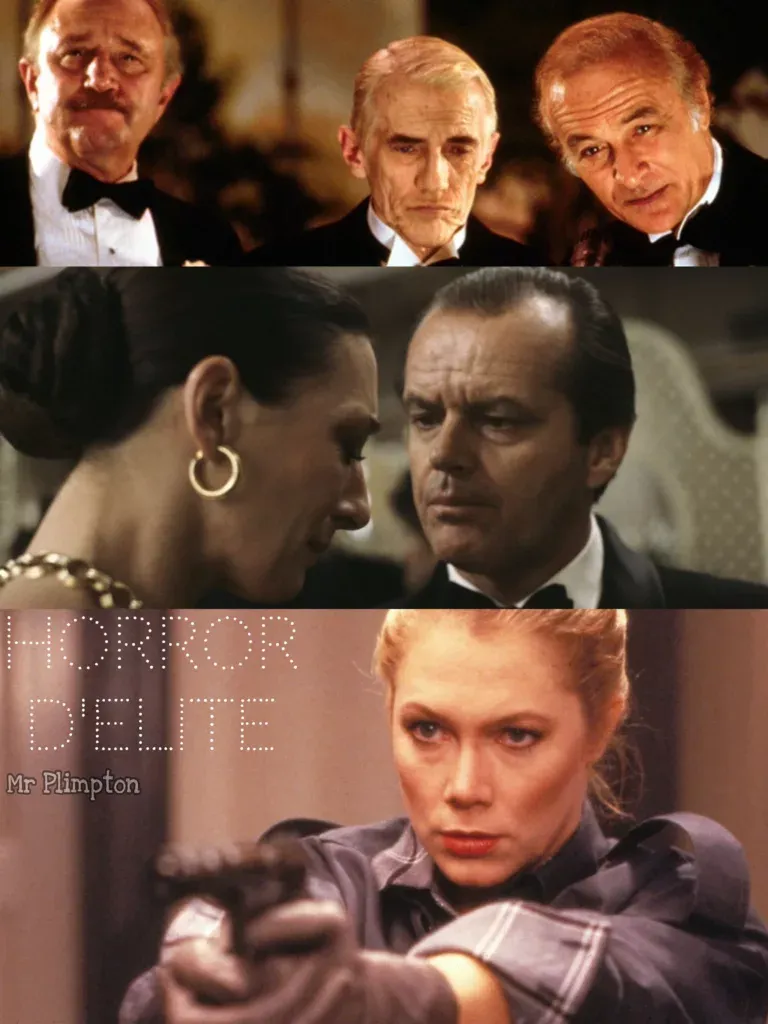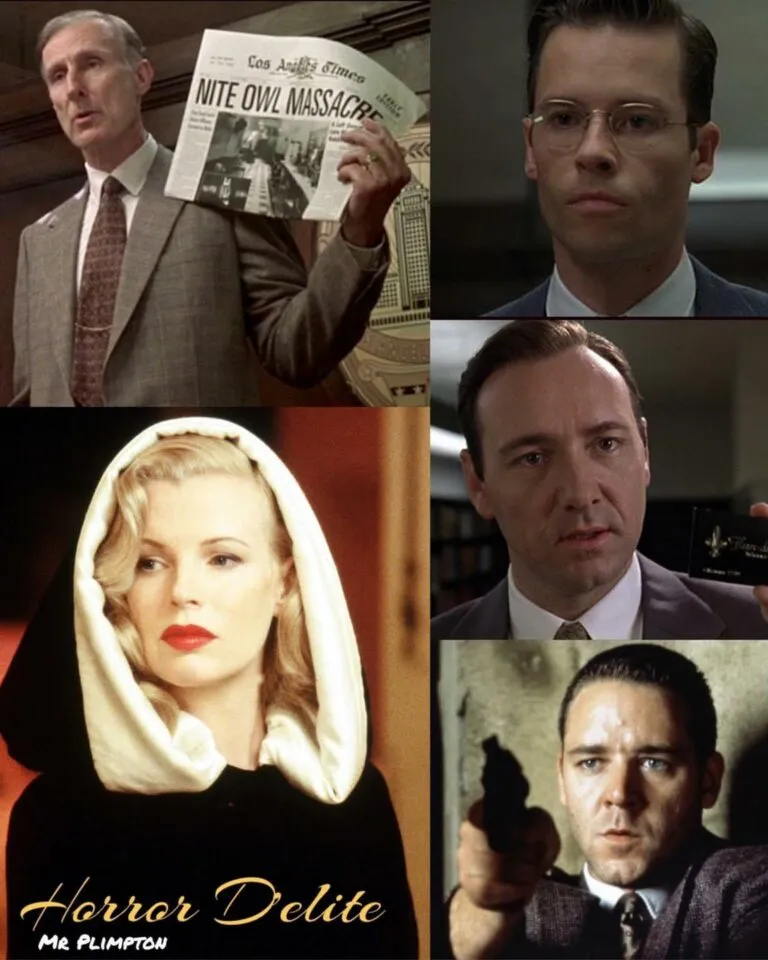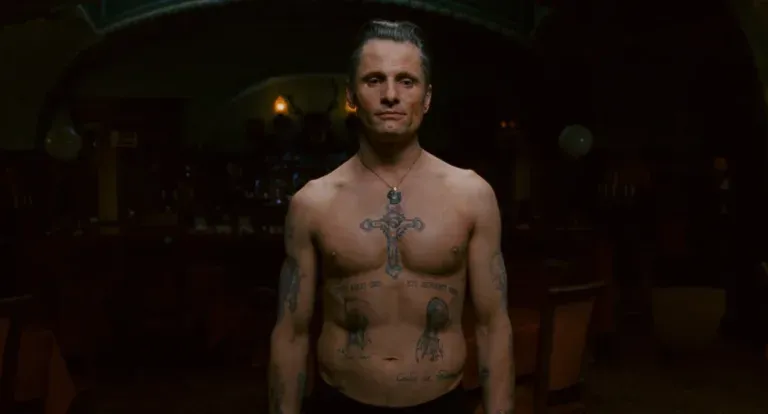To Live and Die in L.A.
To Live and Die in L.A. by William Friedkin (1985)
Two federal agents, Chance and Vukovich, are on the trail of the dangerous criminal and counterfeiter Rick Masters.
Chance, in particular, is driven by a strong desire for revenge, as Masters killed his colleague who was close to retirement.
“I always wondered how you stayed with him all those years?” “And you, why did you work for him?” “…it was just business.” (Bob Grimes & Bianca Torres)
The Power of Money.
Everything revolves around this, and the “living” or “dying” in the title is a direct consequence, so much so that there is no choice for the individual.
Money takes center stage, like an actor who steals the scene and justifies the price of admission.
It becomes something that passes from hand to hand, is counterfeited, desired, and idolized.
It is the great puppeteer pulling the strings, the undisputed king of the consumerist age, the one who governs the fate of all men and dictates the course of the society in which they live.
And behind it all, in the background, Los Angeles can be seen.
But the image doesn’t resemble a postcard at all.
There are no beaches or sunsets over the ocean.
No dreamlike scenarios, nothing remotely desirable.
Instead, open, dusty, and deserted spaces unfold, occasionally contrasted with narrow and claustrophobic alleys where the protagonists seem to be on the verge of getting lost at any moment.
The spotlight is on the dark and desperate side of this city.
It digs deep without paying much attention to the superficial representation usually sold to the rest of the world.
William Friedkin creates a uniquely important noir.
To Live and Die in L.A., one of the most beautiful films of the decade, was astonishingly met with a lukewarm reception at its release but has since earned its rightful place as a cult classic.
An incessant bombardment of sounds and images that leaves one hypnotized, accompanied by a frantic pace that takes your breath away and still surprises years later.
But it’s also a study of the dichotomies of human nature, brought to the screen in such a wild and ambiguous way that they become indistinguishable.
What is the line between legality and criminality? What distinguishes what is fake from what is real? Is the art of counterfeiting money a skill to be condemned because it fuels crime, or a talent that allows one to get rich?
And again, can we really consider Los Angeles the City of Angels, or should we speak of a den of ambitious demons obsessed with earthly wealth?
A stunning example of this is the opening sequence showing the process of making counterfeit bills, presented as something entirely normal, a simple work of art by Masters.
But there are countless moments of great cinema.
Think, for example, of the incredible wrong-way car chase scene that still amazes and sets the standard, or the final “purifying” fire sequence.
Willem Dafoe, not yet so famous at the time, delivers one of the most intense performances of his career in the role of the villain.
William Petersen has an impressive physical presence, managing to be just the right amount of tense, nervous, and violent.
Even the debuting John Turturro hits all the right notes, while the late Dean Stockwell is, as usual, a solid guarantee.
A fundamental film, a concentration of pure adrenaline and emotion that breathed new life into a saturated genre.
Essential viewing.
 Subscribe to our YouTube channel
Subscribe to our YouTube channel
Immerse yourself in a world of thrills with Nightmares
